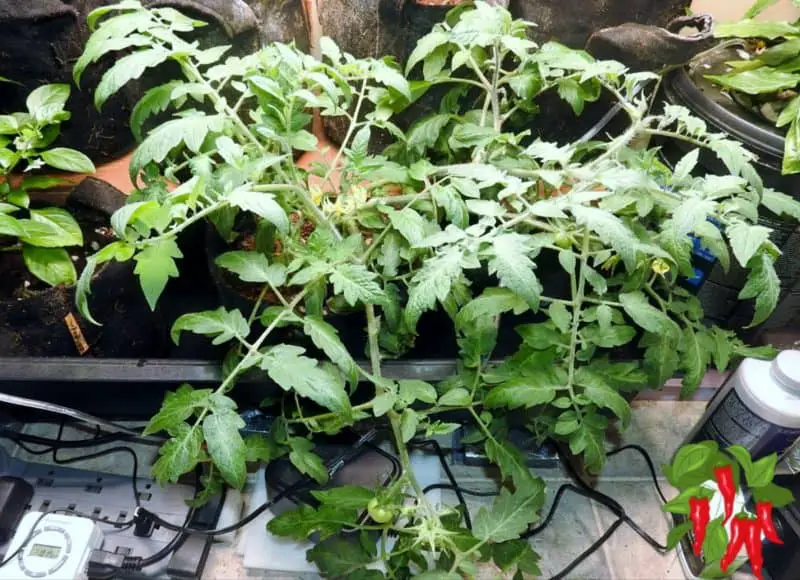
Ever dreamed of biting into a juicy, home-grown tomato in the middle of winter? With a little setup, growing tomatoes indoors lets you enjoy fresh flavor year-round—no garden required.
If you want fresh tomatoes even in the winter, you will need to learn about growing tomatoes indoors with lights.
How To Grow Tomatoes Indoors
- Growing Tomatoes Indoors requires a full-spectrum LED grow light for 12 hours daily.
- Choose determinate varieties for compact growth.
- Use a rich potting mix or coco coir in 2 to 5-gallon pots.
- Ensure consistent watering and provide nutrients, especially with coco coir.
- Manual pollination may be needed.
- Maturity ranges from 60 to 100 days depending on the variety, and starting from seeds or transplants.
Let’s face it supermarket tomatoes are tasteless. Even if you grow tomatoes in an outdoor garden, they will be gone by winter.
Growing Tomatoes Indoors For Beginners Video Start Here:
So we want to grow our own tomatoes in the winter months. Good news! Even beginners can grow tomatoes indoors. Here’s how:
Growing Tomatoes Indoors For Beginners
Even beginners can be successful once they learn how to grow their own tomatoes. This article will show you how to do it.
Before you ever try to sprout a seed you need to decide where you will keep your plants.
Despite what you may have read online tomatoes will not do well on a windowsill. More on this in a bit.
Choosing A Tomato Plant For Indoors
So tomatoes come in 2 varieties and they are determinate or indeterminate plants.
There are advantages to both types but if you don’t want long vines and only have a small space for gardening I recommend you grow determinate or bush tomato varieties.
The photos in this article are Bush Early Girl determinant tomatoes and they are available from Burpee seeds here.
There is an indeterminate Early Girl too. So there are many other good bush tomato varieties.
Just make sure whatever variety you choose is marked as determinate unless you prefer 6-foot tall vines.
Here is an article explaining the difference between determinate and indeterminate plants and how to prune them.
Choosing A Spot For Your Garden
As I mentioned using a window will not give you enough light to grow tomatoes in the winter.
So you need to find a spot on the floor for your tomatoes. Since you will be using a light above it just about anywhere can work.
If you grow determinate tomatoes you will need a 2 x 2-foot space at a minimum for a plant.
Staking or using a tomato cage can make your plant more narrow and compact and help to fit more plants in a small space.
But really tomato plants can get large and it is best not to overcrowd them too much. Plants need good airflow too.
Growing Tomatoes Indoors With Lights
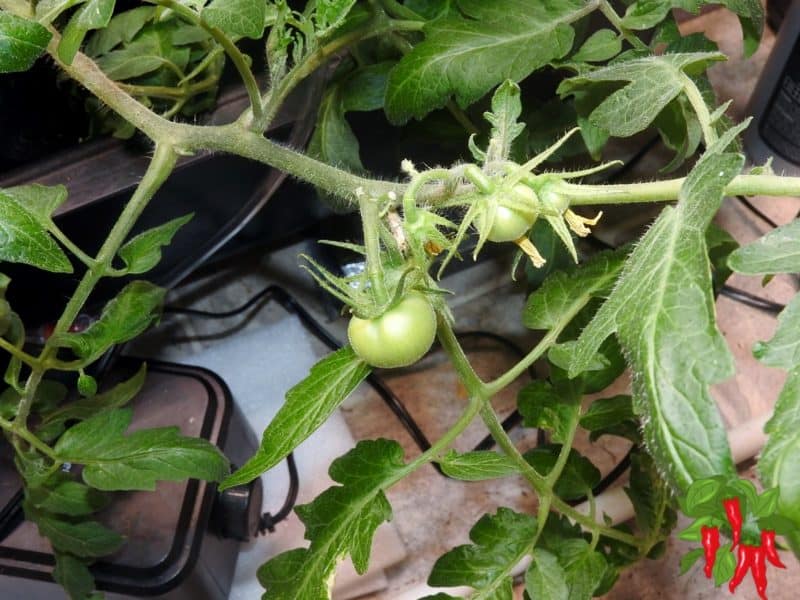
Growing tomatoes indoors is not difficult. Tomatoes are vigorous hardy plants and actually very easy to grow indoors.
Most people fail because they try to grow tomatoes without lights. Tomatoes are light-loving plants.
They need more light than any other plant. People online will tell you that you can grow them on a sunny windowsill.
This is simply not true. First, tomatoes are large plants and won’t fit on a windowsill.
Second, sunlight is weak and scarce in the winter, especially in northern climates. We want to grow tomatoes in the winter.
If you are a beginner and want to grow tomatoes don’t even think about growing tomatoes indoors without a grow light.

I use the Spider Farmer SF 2000 for my indoor vegetable garden and am very happy with it. You can check it out on Amazon here.
You want to buy a full spectrum LED grow light because the light is similar to natural sunlight. It should also have a dimmer.
LED grow lights produce more light per watt of electricity than any other lighting.
So they use less electricity to help keep lighting costs down and they also don’t give off a lot of heat.
My grow light is 200w and designed for a 2 x4 foot space but I use it to light a 3 x 6-foot area.
I put tomatoes, peppers, and beans in the center and grow low-light plants like lettuce or greens around the edges.
I run my lights on a timer and give my plants 12 hours of light a day.
You could give them more and they will be fine but your power bill wont be.
What Else You Will Need
Get your space picked out and get a grow light. Now you will need seeds or plants, a potting mix, and pots or grow bags.
Choosing Your Soil Mix
Most people use potting soil but in my video, I mentioned coco coir.
In my opinion, it is a better growing medium than peat-based potting mixes.
Coco Coir Advantages
- It weighs half as much as potting soil.
- You can use smaller pots.
- You need less it replaces 2 times its volume of potting mix.
- Roots grow healthier.
- Better water and aeration.
- Doesn’t compact.
- Sustainable resource
So it is your choice what you use. Potting soil often has nutrients added to it.
Coco coir does not provide any nutrients, It is a growing medium only and you will need to add nutrients to it.
Fertilization
If you are using a potting mix it may already have nutrients added to it. Eventually, you will need to add more as the plant matures.
But be careful at first because some potting mixes are hot(high nitrogen) at first.
If you are using coco coir you will need to fertilize right away. I recommend using a nutrient designed for coco.
Canna Coco A+B is one of the best. You don’t need all their additives.
You probably will need a calmag supplement and I recommend CaliMagic.
Canna Coco Is What I Use And Recommend
All coco coir is not created equally. Some cheaper brands contain high levels of salt making them unsuitable for growing plants.
Canna coco is prebuffered and very low in salts.
It also has consistently high quality and I have tried other brands but it still remains the best quality coco coir on the market.
It is available as coco bricks or loose and ready-to-use.
Coco has unique properties and requires a fertilizer made for coco for best results. Canna started the coco revolution and Coco A & B is still the best.
The Coco Coir Advantage: Boosting Plant Health and Happiness
Using coco coir for your plants comes with a host of advantages that can help your indoor garden thrive.
It’s superb water retention and drainage capabilities ensure that your plants receive the right amount of moisture without the risk of overwatering.
The excellent aeration provided by coco coir promotes strong root growth, ultimately leading to healthier, more vigorous plants.
Plus, its natural resistance to pests and diseases means you’ll be creating a safer environment for your green friends.
Coco Coir in Context: Limitations and Considerations
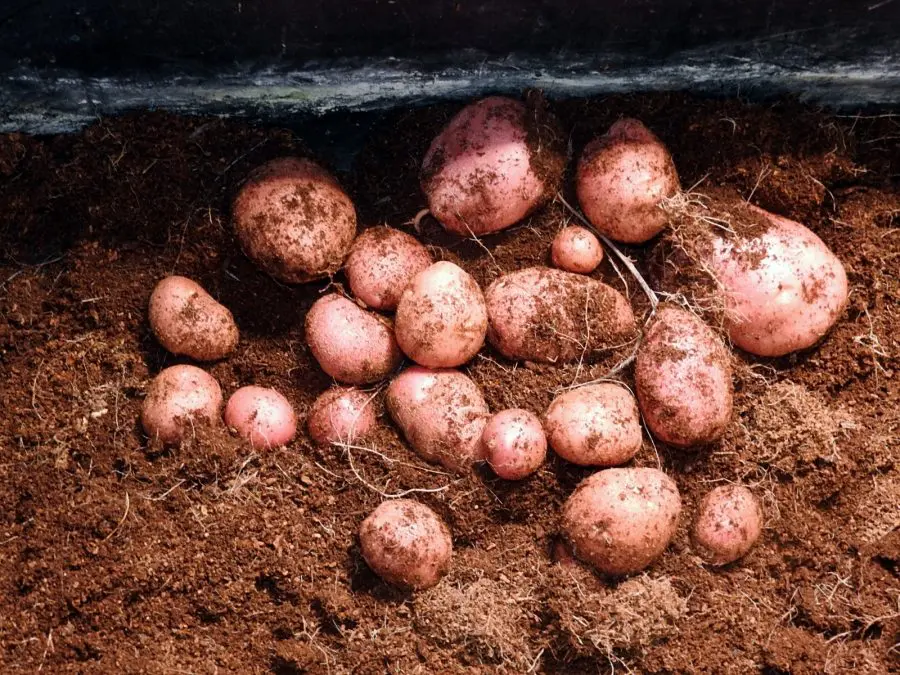
While coco coir is a fantastic growing medium, there are a few things to keep in mind before making the switch.
One potential limitation is that coco coir can sometimes contain high levels of salt, which could harm your plants.
To avoid this issue, it’s important to thoroughly rinse and buffer your coco coir before use.
Additionally, coco coir doesn’t provide essential nutrients for plant growth, so you’ll need to supplement with a balanced fertilizer to ensure your plants receive the necessary nutrients.
Fertilizing
Tomatoes are fairly heavy feeders. In the beginning, they like a lot of nitrogen
But as they start to flower they need higher amounts of phosphorus and potassium and less nitrogen.
I can’t tell you how much nutrients you should use because there are so many variables.
I measure my pH and ppm with a meter and if you are serious about growing you can find TDS and pH pens on Amazon at a reasonable price.
Otherwise you are just guessing how much you are feeding your plants.
What I can tell you is that 5.8 pH is considered ideal but it can range from 5.5 to 6.2 and be ok. For soil 6.2 is considered optimum.
For total dissolved solids or TDS I use 300 ppm for seedlings and 600 ppm for transplants. I run about 1000 ppm for flowering plants.
Bear in mind this is for coco coir. Potting soil may need more or less. You need to watch your plants and decide if they happy.
Choosing Your Pots
You will need some pots. You will want small plastic or peat pots to grow your young seedlings.
Peat pots work great for beginners because no transplanting is involved.
The roots grow through the pot as it breaks down. So you just set the whole pot in its final pot.
You will need to choose the final pots for your tomato plants. Some people use plastic pots but I prefer fabric grow bags.
Either type will work but grow bags allow more air to the roots. Roots growing out of the bag are air pruned.
These roots then branch out further inside the pot. In plastic pots, the roots grow in circles around the edge of the pot and get rootbound.
So grow bags will give your plants a healthier root system than plastic pots. They tend to be shorter but wider so roots can spread more.
Either type will work for tomatoes but the pot size you need will depend on your grow medium.
You can grow tomatoes with coco coir in 2 or 3-gallon pots. If you use potting mix you will probably need 5-gallon pots.
Tomato Plants And Seeds
You can buy seeds pretty cheaply. You can also buy plants from a local nursery which can be a big time saver.
But chances are tomato plants won’t be available in the fall when you want to start your tomatoes. So most likely you will grow from seed.
Starting tomatoes from seed is pretty easy. You can direct seed them into small pots. Put a couple in each pot and thin them when up.
How To Start Tomato Seeds
- Use a small Tupperware type container and lid.
- Wet a paper towel and set seeds on top of it.
- Place the lid on and set it in a warm place.
- Check every few days
- In about a week you should see sprouting seeds.
- Carefully remove them and plant them in a small pot
- Put them under high light so they don’t get leggy.
Tomato Transplanting Tips
If you are nervous about transplanting you can set your seedlings in peat pots.
The roots can grow through these so you can transplant them directly without repotting them.
Tomato plants can be planted deep. Their stems can make roots if buried. So if you have tall or leggy plants you can bury them deep.
Self Watering Planters Or Pots And Saucers
You can grow tomatoes traditionally with pots and saucers. These are top watered until runoff, then the runoff is emptied from the saucers.
You can also place your pots in a tray and bottom water them. This can work in either plastic pots or fabric pots.
These are often called self-watering planters or SIPs (sub-irrigated planters) and rely on capillary action to water.
But a sub-irrigated planter works best with coco coir because it can wick moisture better than soil without getting waterlogged.
I have a long 42-inch tray but a cat litter box works great for a single plant.
If you get your watering down you don’t have to worry about draining off any runoff because there really isn’t any.
But you will always be feeding and watering with a SIP so you will need to use a weaker nutrient mix.
Pollination
You will probably not have bees indoors to pollinate your tomato flowers. I have found that tomatoes can be self-pollinating.
The plant in my video set tomatoes by itself but I think moving or shaking the plant aids in pollination.
Even still many people hand-pollinate their tomato plants. You will get better fruit set that way.
You could probably just touch each flower individually and your fingers will spread the pollen.
Many people use a makeup brush or even an electric toothbrush to pollinate their tomato flowers.
How Long Do Tomatoes Take To Grow?
You probably want to know how long it takes for tomatoes to grow. Because there are so many different varieties there is no definitive answer.
But generally, tomatoes can take 60 – 100 days to mature. Planting from seed will take longer than using transplants.
If you grow determinate tomatoes from transplants you may start to see red tomatoes on day 60 but the plant will continue to ripen tomatoes over several weeks.
If you are growing from seed it may take 3 or 4 weeks longer depending on plant size at transplanting.
A safe bet would be to start your seeds in September and expect fresh tomatoes for Christmas and beyond.
If you want tomatoes year-round you might want to start a new plant every 2 months.
Growing Tomatoes Indoors For Beginners Grow Report
I will be updating this article with timely grow reports and grow tips.
For now, I think there is enough information to get you started in the right direction.
But please check back and follow Small Farms Big Ideas on Youtube for updates.
Growing Tomatoes Indoors FAQs
Having fresh tomatoes year-round is a delightful prospect. Supermarket tomatoes often lack in flavor, and outdoor garden tomatoes will perish by winter.
Growing tomatoes indoors allows you to enjoy fresh, tasty tomatoes even during the colder months.
With some basic knowledge and the right equipment, this is a feasible project for even beginners.
The key to success lies in understanding the requirements of tomato plants and setting up a conducive indoor environment for their growth. The FAQs will help answer some common questions.
Q. What are the main varieties of tomatoes suitable for indoor growing?
A. Tomatoes for indoor growing mainly come in two varieties: determinate and indeterminate.
Determinate, or bush tomatoes, are more suitable for indoor gardening due to their compact size.
Some good determinate varieties include Bush Early Girl and other bush tomato varieties.
Q. What kind of light is needed for growing tomatoes indoors?
A. Tomatoes require a substantial amount of light, ideally 12 hours a day.
A full-spectrum LED grow light, like the Spider Farmer SF 2000, is recommended as it closely mimics natural sunlight, is energy-efficient, and can cover a good amount of space.
Q. How should I choose the soil for growing indoor tomatoes?
A. While many use potting soil, coco coir is considered a better growing medium due to its light weight, better water retention, and aeration properties.
However, unlike potting soil, coco coir does not come with added nutrients, so you’ll need to fertilize your plants accordingly.
Q. What size of pots is ideal for indoor tomato plants?
A. The size of the pots depends on the growing medium. With coco coir, 2 or 3-gallon pots are suitable, whereas if you are using potting soil, 5-gallon pots are recommended.
Fabric grow bags are preferred over plastic pots as they allow better aeration and prevent root bounding.
Indoor Tomatoes Conclusion:
Growing tomatoes indoors is an enjoyable and rewarding venture. With the right variety of tomato plants, adequate lighting, proper soil medium, and suitable pots, you can have a steady supply of fresh tomatoes all through the year.
Following the tips for growing tomatoes indoors and the guidelines laid out in this article will set you on the right path toward establishing your indoor tomato garden.
This way, growing tomatoes from seed to harvest and enjoying the taste of fresh, home-grown tomatoes can be a year-round pleasure, not just a seasonal treat.
Sustainable Apartment Gardening
🏙️ Apartment Gardening
Turn your apartment into a thriving garden! Explore easy guides for veggies, herbs, fruits, and flowering plants—all grown indoors.
-
- 🥕 Harvesting Carrots in Containers
- 🍅 Growing Tomatoes Indoors For Beginners
- 🌱 The Best Vegetables To Grow Indoors
- 🥔 How To Grow Potatoes In A 5-Gallon Bucket Indoors
- 🧄 Growing Garlic Indoors In Pots
- 🥬 How To Grow Bok Choy Indoors
- 🫘 Growing Green Beans In Pots
- 🧅 Growing Leeks In Containers
- 🥕 How To Grow Carrots Indoors
- See all articles in our Apartment Gardening category






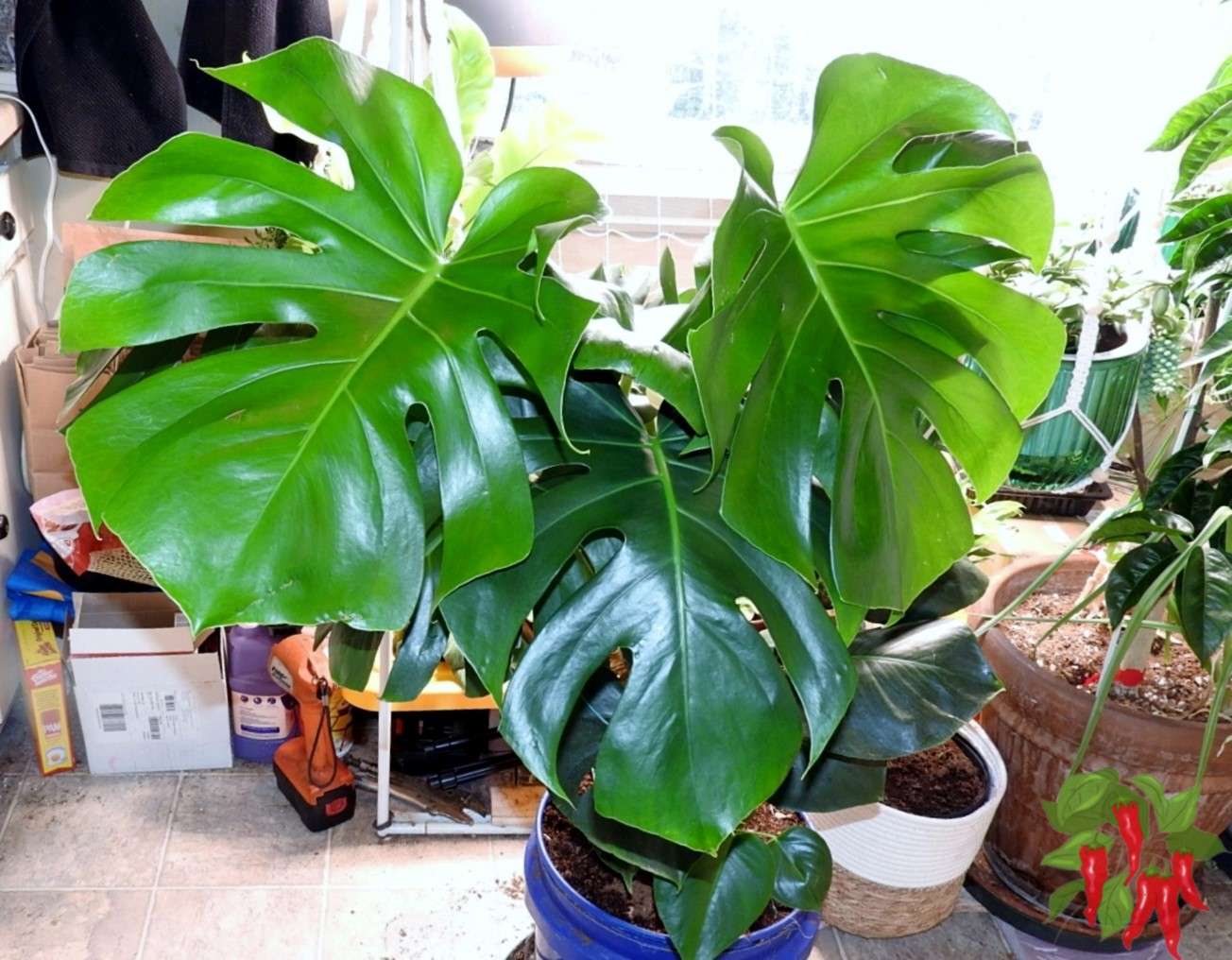
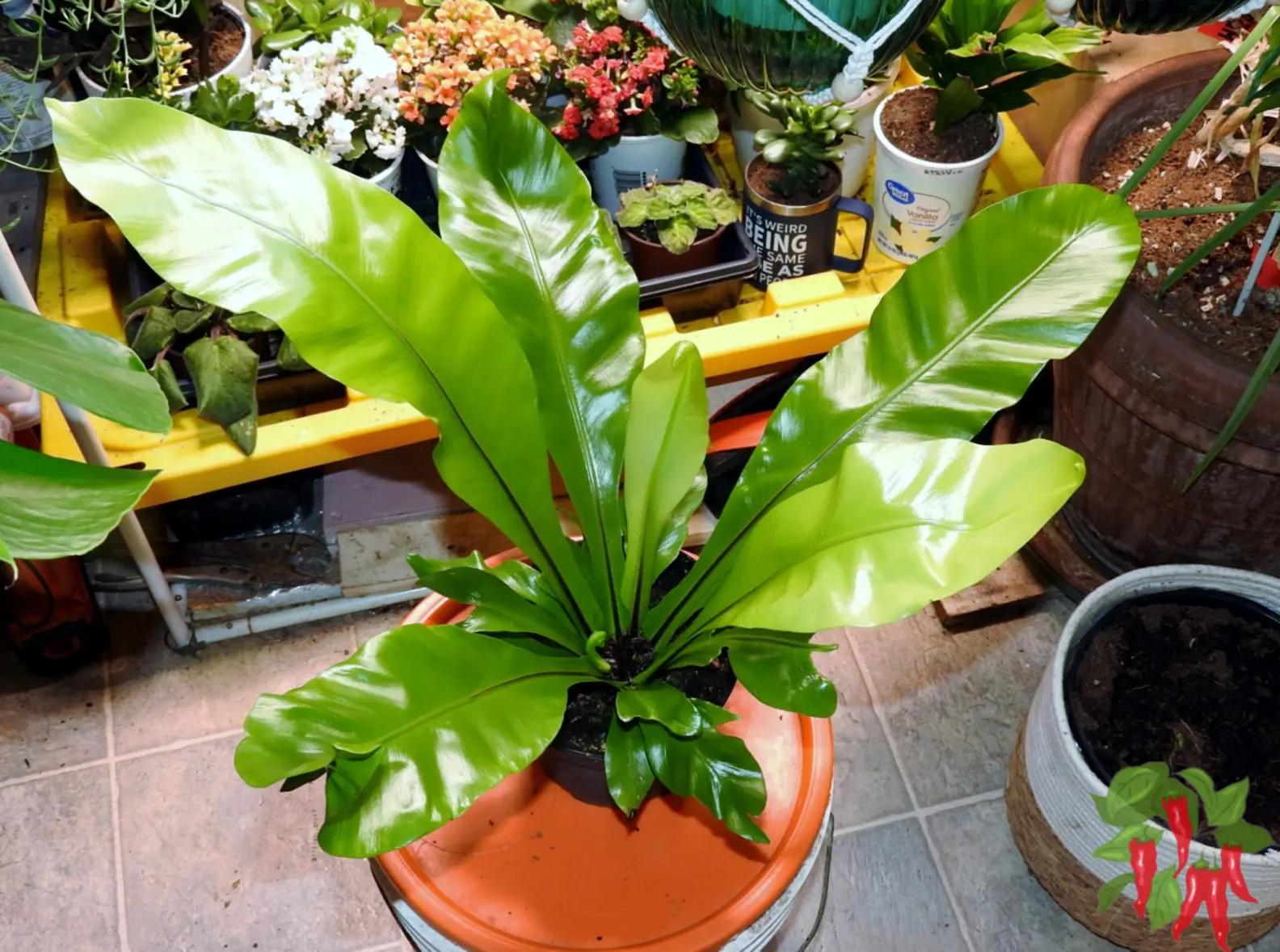
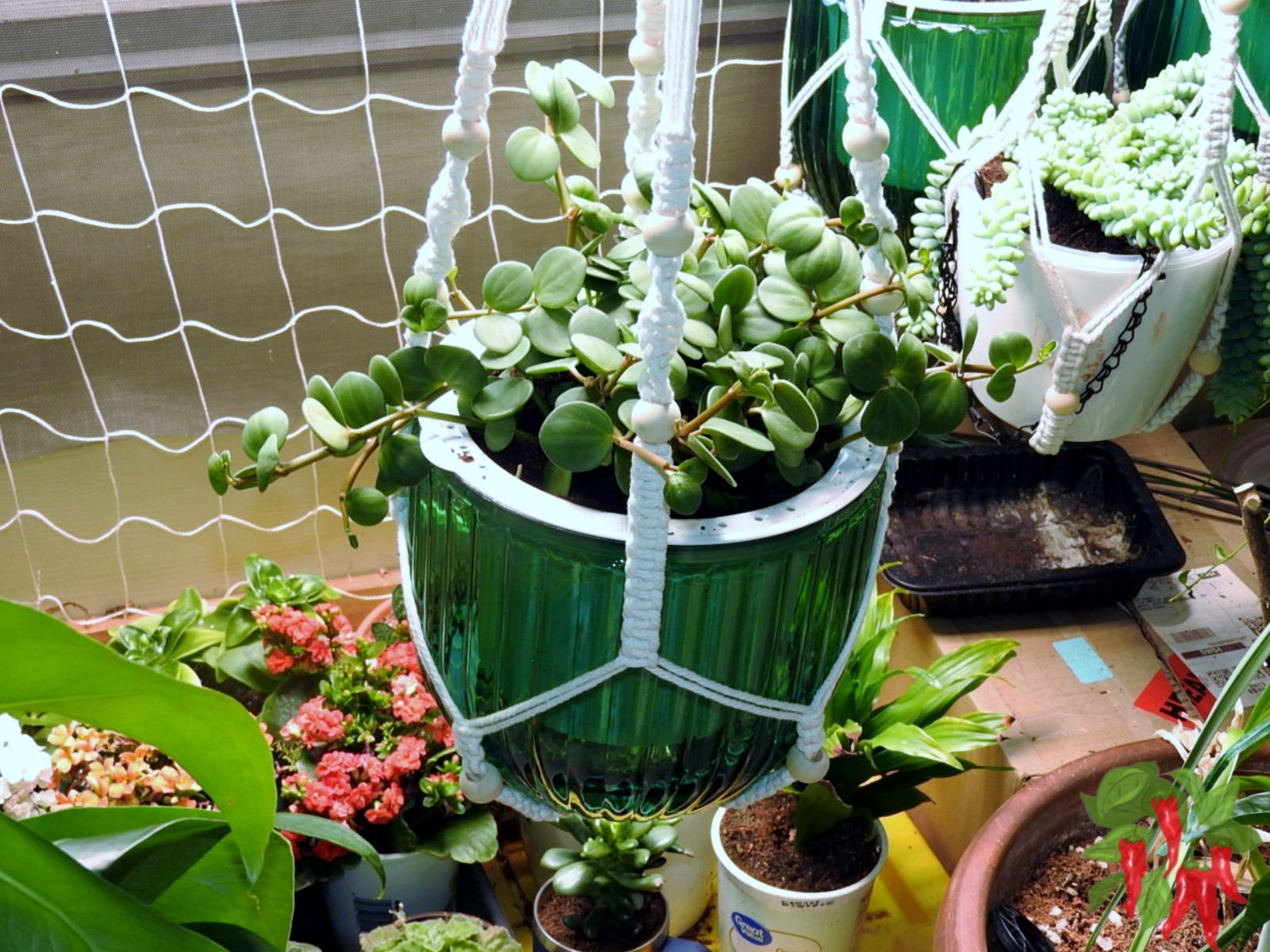
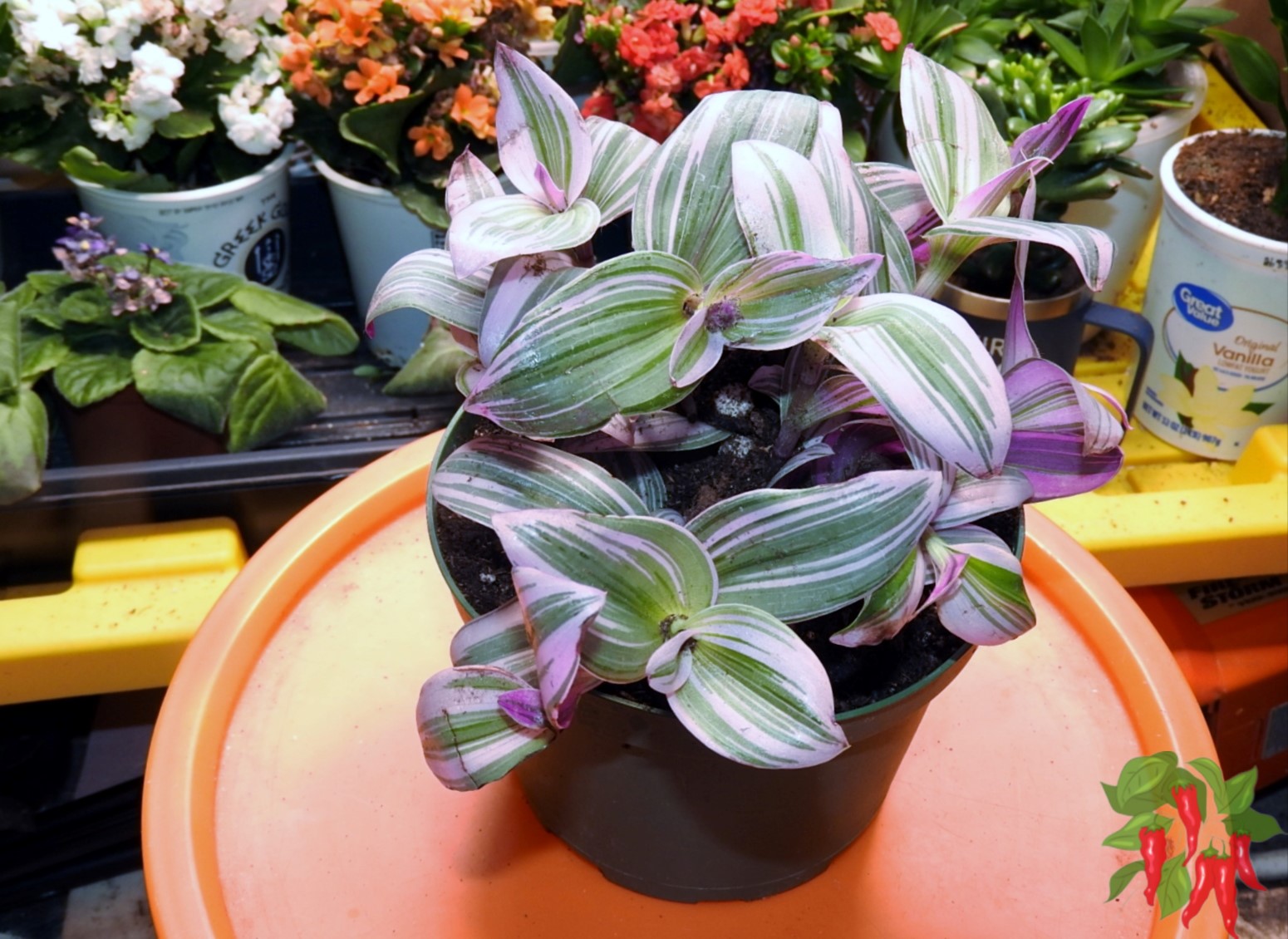
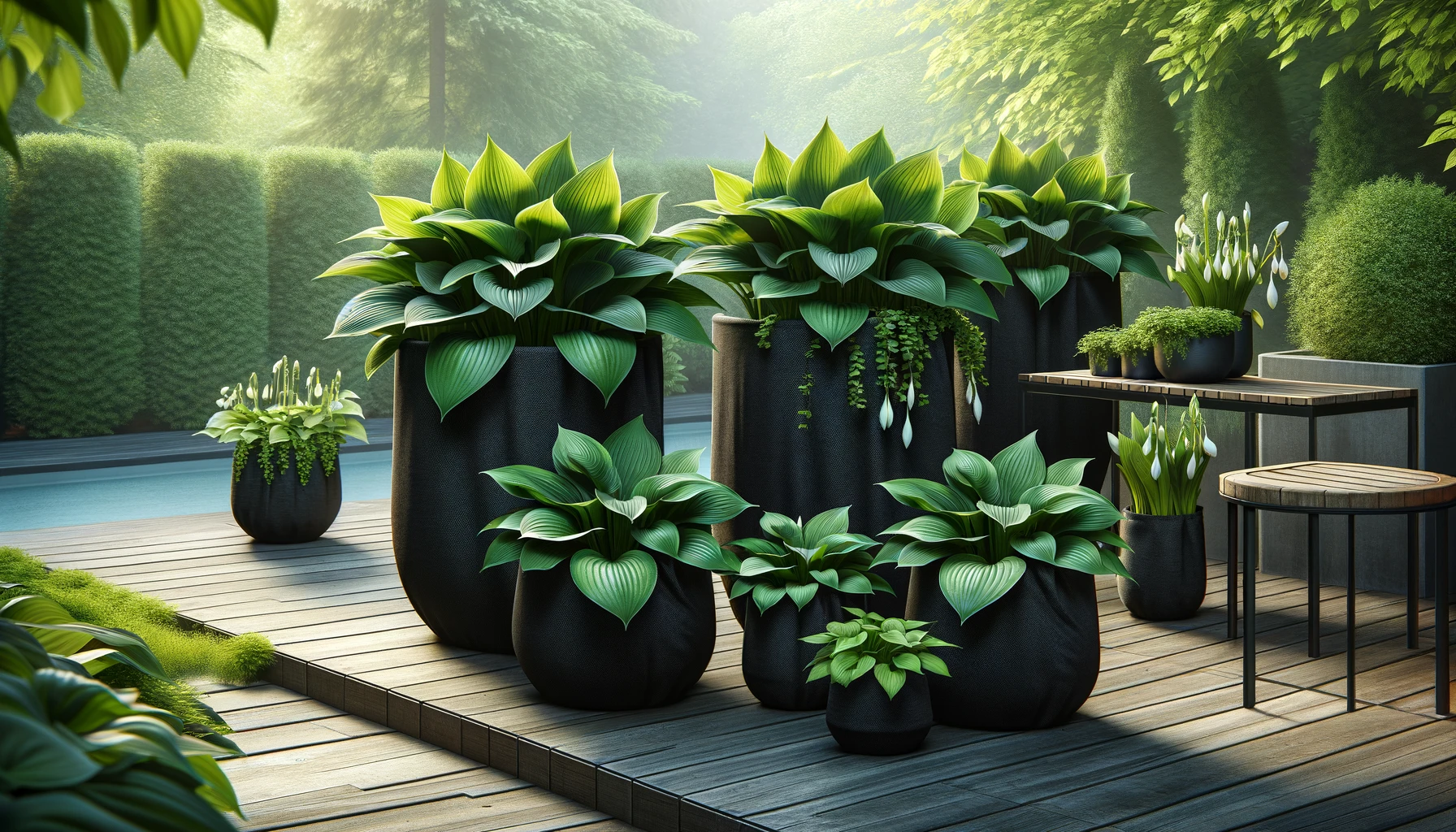
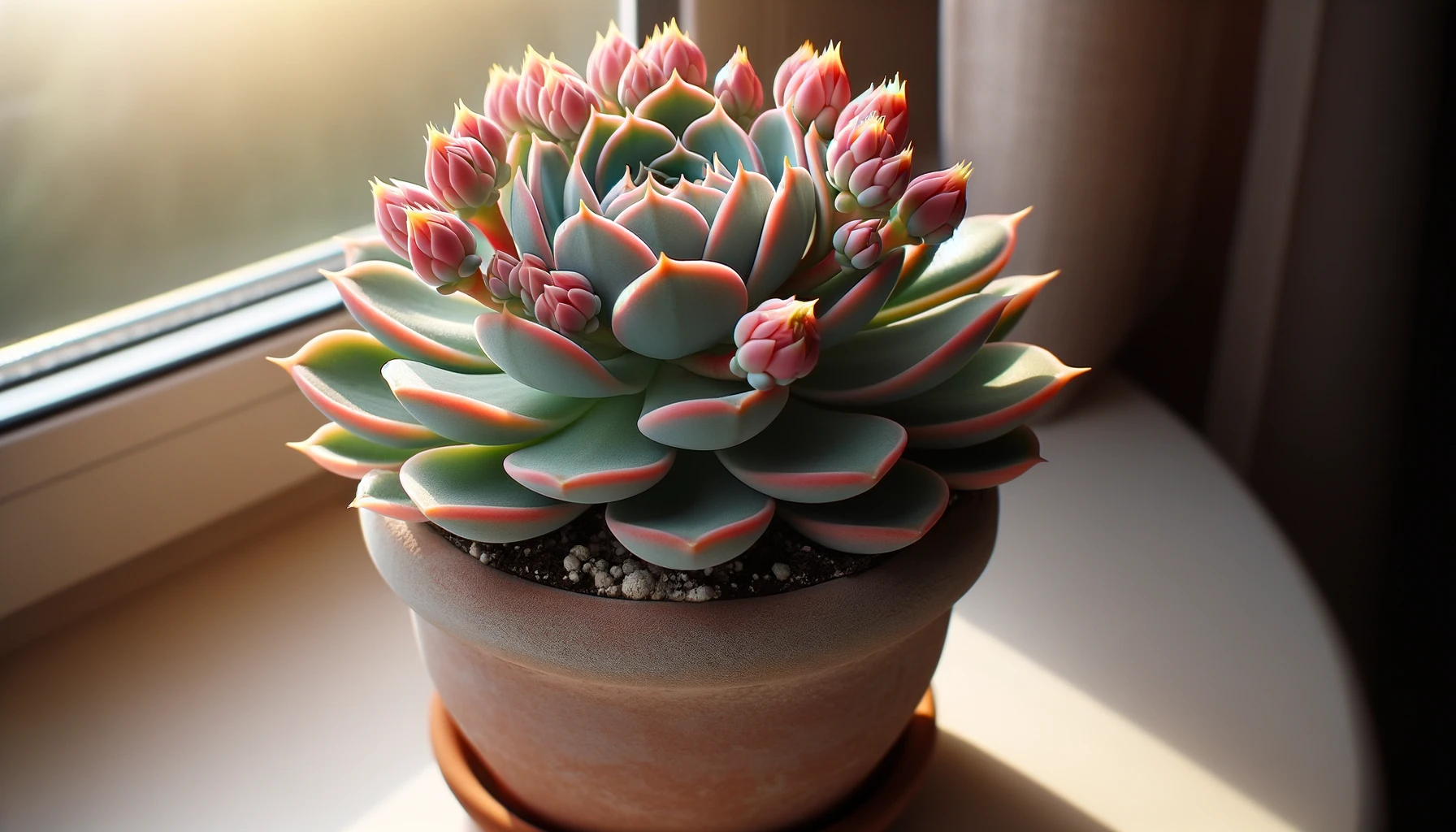
 Steve S. is the creator of
Steve S. is the creator of